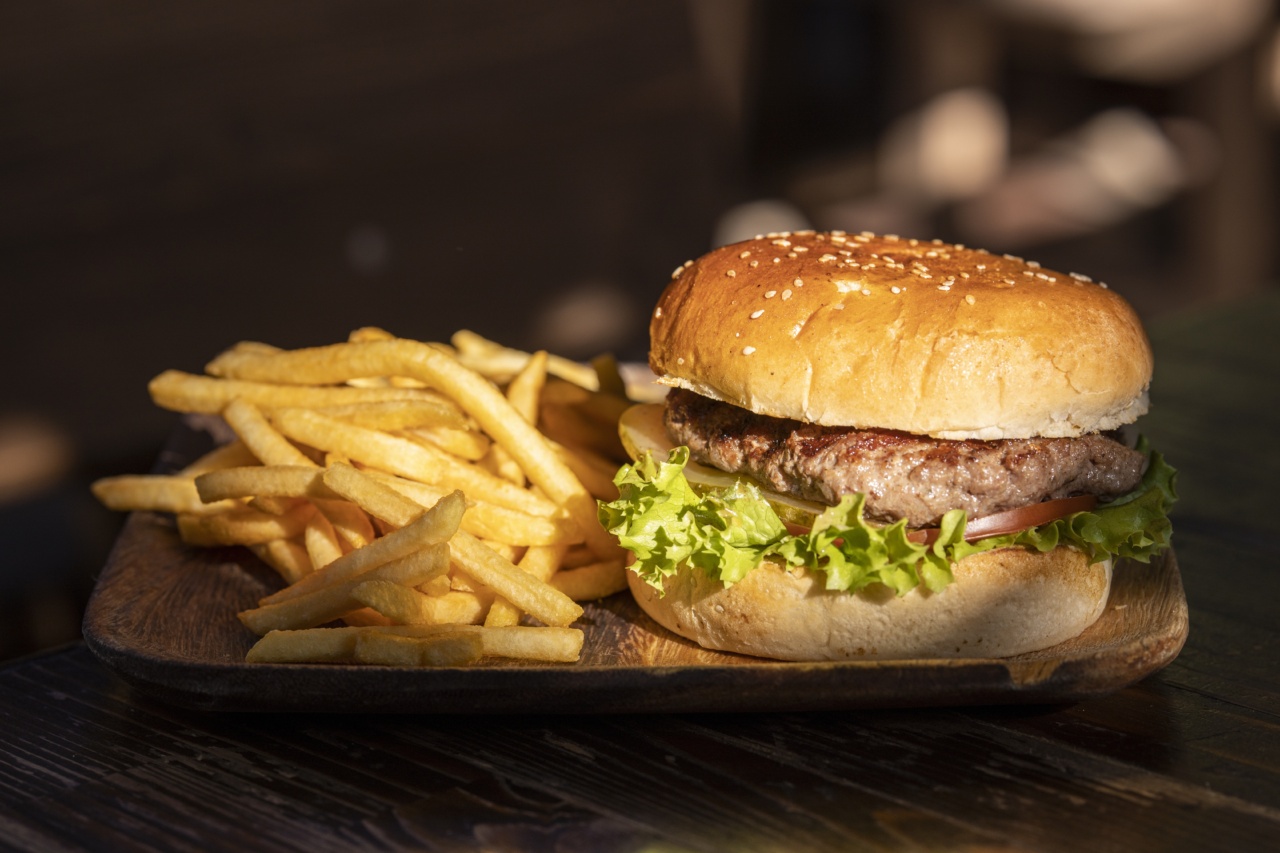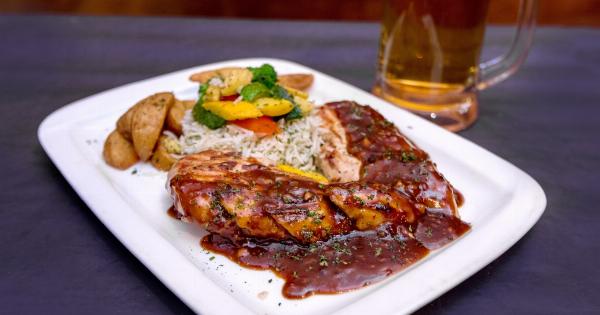Diabetes requires careful attention to diet and meal planning. When it comes to dinner, one common dilemma for individuals with diabetes is choosing between potatoes and rice.
Both starches have long been considered staple foods around the world, but their impact on blood sugar levels can vary. In this article, we will explore the pros and cons of potatoes and rice for individuals living with diabetes.
The Nutritional Profile of Potatoes
Potatoes are a versatile and commonly consumed vegetable. They are a good source of dietary fiber, vitamin C, and potassium.
However, their high carbohydrate content can cause a rapid rise in blood sugar levels, especially when consumed in large quantities or without proper portion control.
The Impact of Potatoes on Blood Sugar Levels
Potatoes have a high glycemic index, which means they can cause a sharp increase in blood glucose levels. This is due to the rapid digestion and absorption of their carbohydrates.
When potatoes are cooked and mashed, their glycemic index becomes even higher as the starch is broken down into simple sugars.
The Role of Rice in a Diabetic Diet
Rice is a staple food in many cultures, especially in Asia. It comes in different varieties, such as white rice, brown rice, and wild rice.
While rice is a significant source of carbohydrates, it is considered healthier than potatoes due to its lower glycemic index and higher fiber content.
The Glycemic Index of Different Rice Types
The glycemic index of rice can vary based on its processing and variety. White rice, which has the husk, bran, and germ removed during processing, has a high glycemic index. It is rapidly digested and can cause a rapid increase in blood sugar levels.
Brown rice, on the other hand, retains its outer layers, making it a healthier option for individuals with diabetes. Brown rice has a lower glycemic index and provides more fiber, which helps slow down the digestion and absorption of carbohydrates.
Making an Informed Decision
When choosing between potatoes and rice for a diabetic dinner, it is important to consider portion control, cooking methods, and the overall balance of the meal. Here are some tips for making an informed decision:.
1. Portion Control
Both potatoes and rice can fit into a diabetic meal plan if consumed in appropriate portions. Controlling portion sizes is crucial to prevent spikes in blood sugar levels.
It is advisable to limit the portion size of carbohydrates and balance them with proteins, healthy fats, and vegetables.
2. Cooking Methods
The cooking method can affect the glycemic index of potatoes and rice. Boiling or steaming potatoes instead of frying them can help lower their glycemic index.
Similarly, cooking rice with the “parboiling” technique and then boiling it in excess water can help reduce the glycemic index.
3. Consider the Overall Meal
Rather than solely focusing on potatoes or rice, it is essential to look at the overall meal composition.
Including lean proteins, such as grilled chicken or fish, along with non-starchy vegetables, can help slow down the digestion of carbohydrates and prevent blood sugar spikes.
4. Individual Factors
Every individual may respond differently to potatoes and rice due to variations in metabolism and insulin sensitivity.
It is advisable to monitor blood sugar levels after consuming different meals to understand personal responses and make adjustments accordingly. Consulting a registered dietitian or healthcare professional can provide personalized guidance.
Moderation and Variety
It is important to remember that moderation and variety are key components of a healthy diabetic diet. Restricting or eliminating specific foods entirely may lead to nutrient deficiencies or create feelings of deprivation.
Including a wide range of foods, including potatoes and rice in controlled portions, can help maintain a balanced and enjoyable diet.
In Conclusion
When it comes to the diabetes dinner dilemma of potatoes or rice, there is no one-size-fits-all answer. The choice ultimately depends on factors such as portion control, individual responses, cooking methods, and overall meal composition.
It is crucial to make informed decisions, monitor blood sugar levels, and consult with healthcare professionals for personalized guidance. By practicing moderation and incorporating variety into the diet, individuals with diabetes can enjoy a healthy and satisfying dinner without compromising their blood sugar control.




























